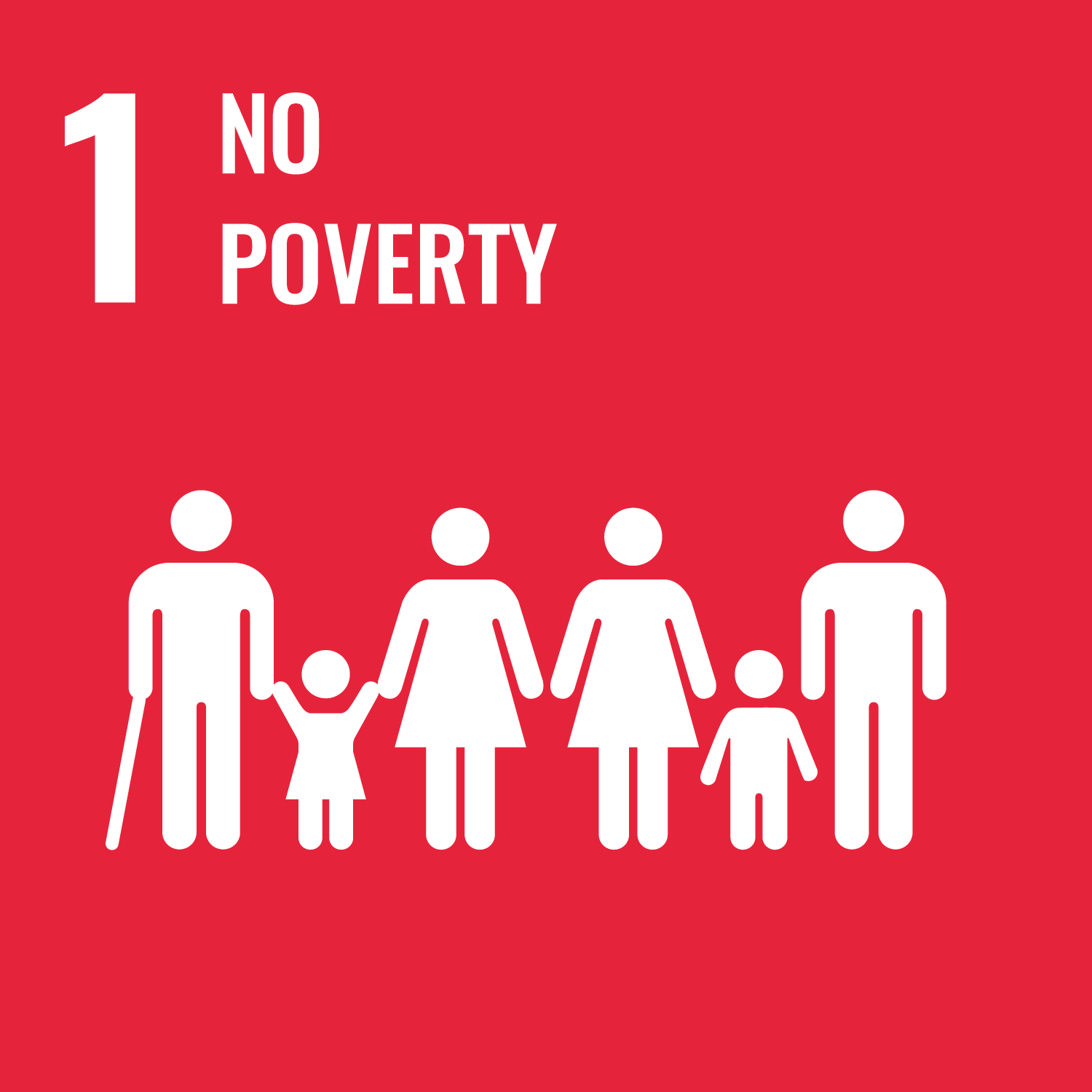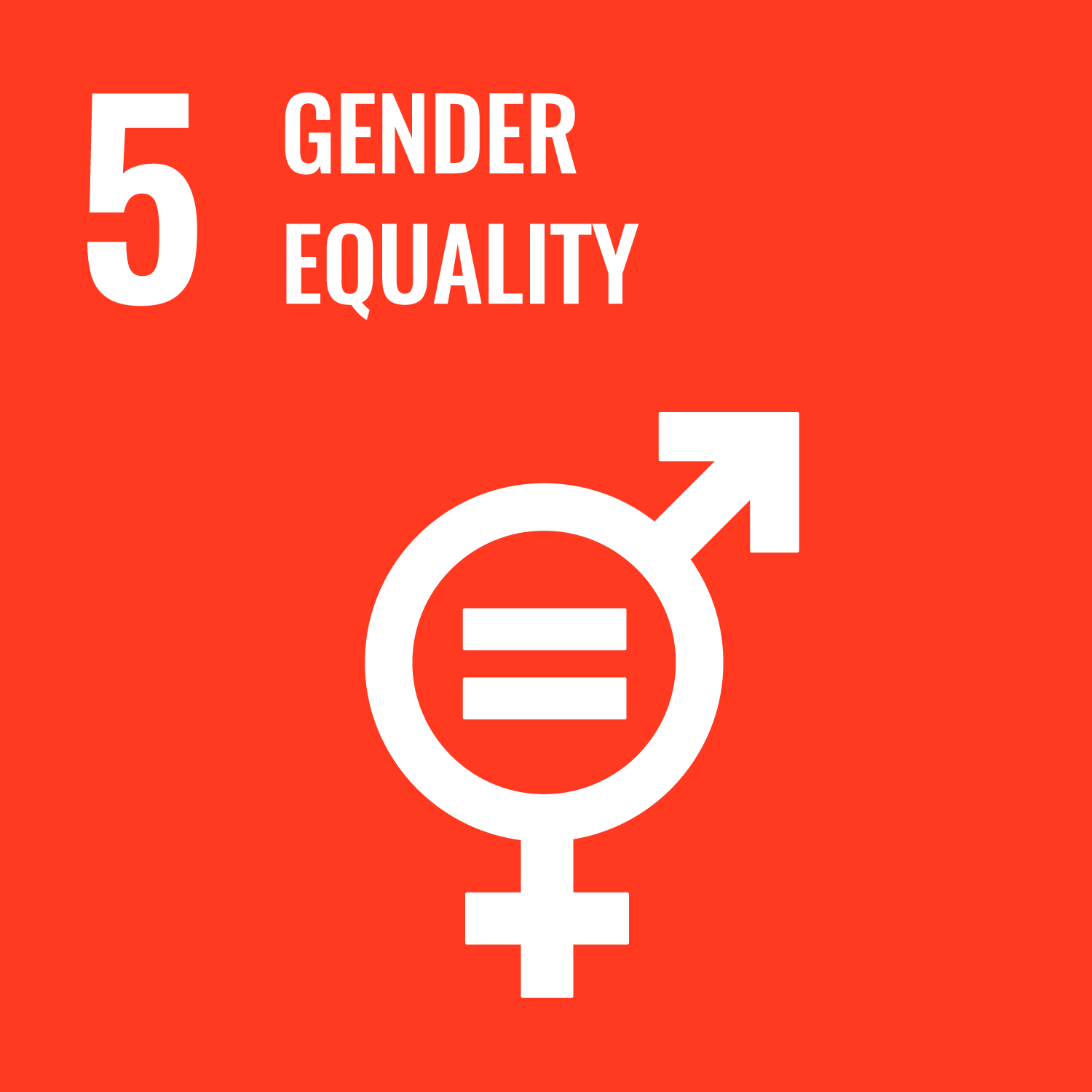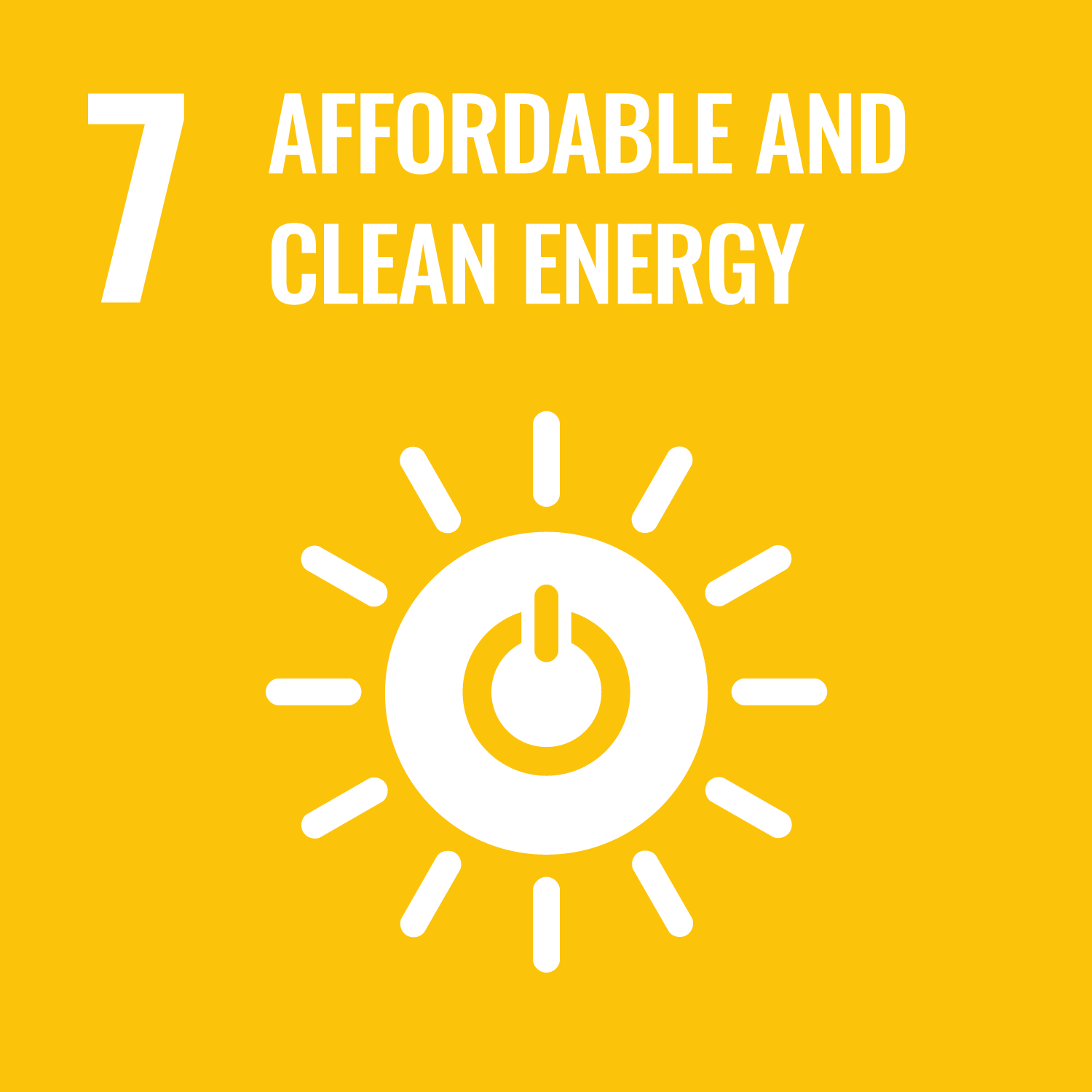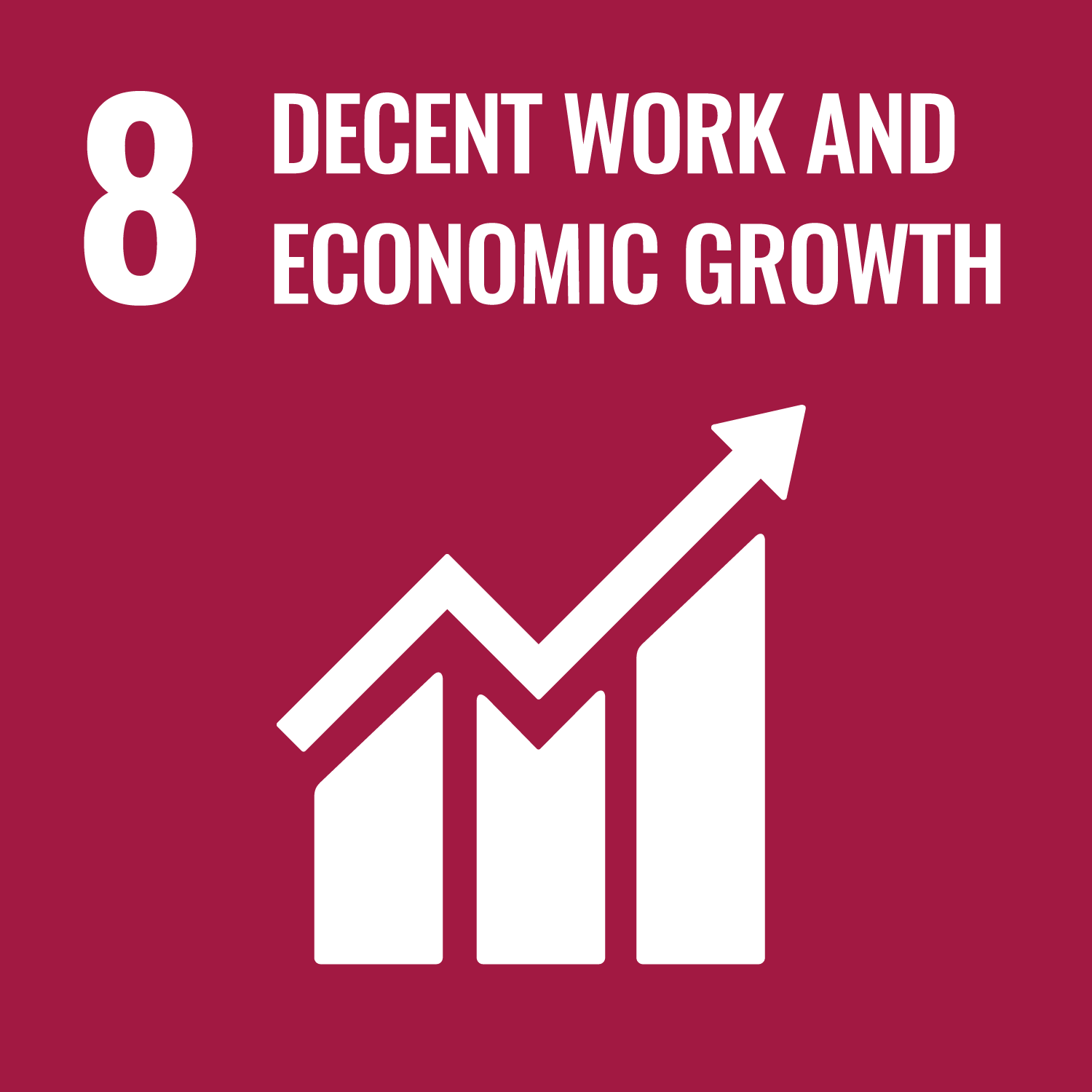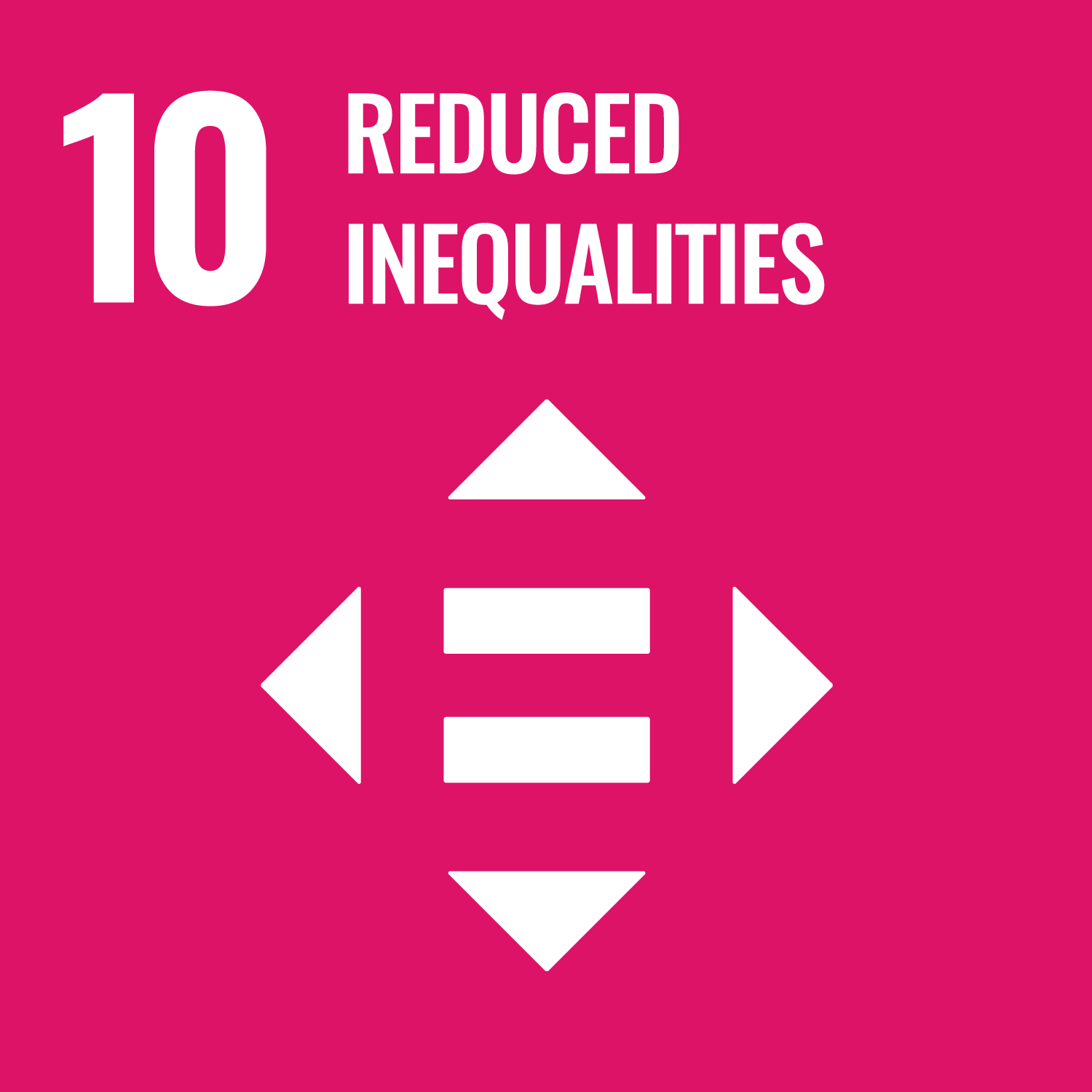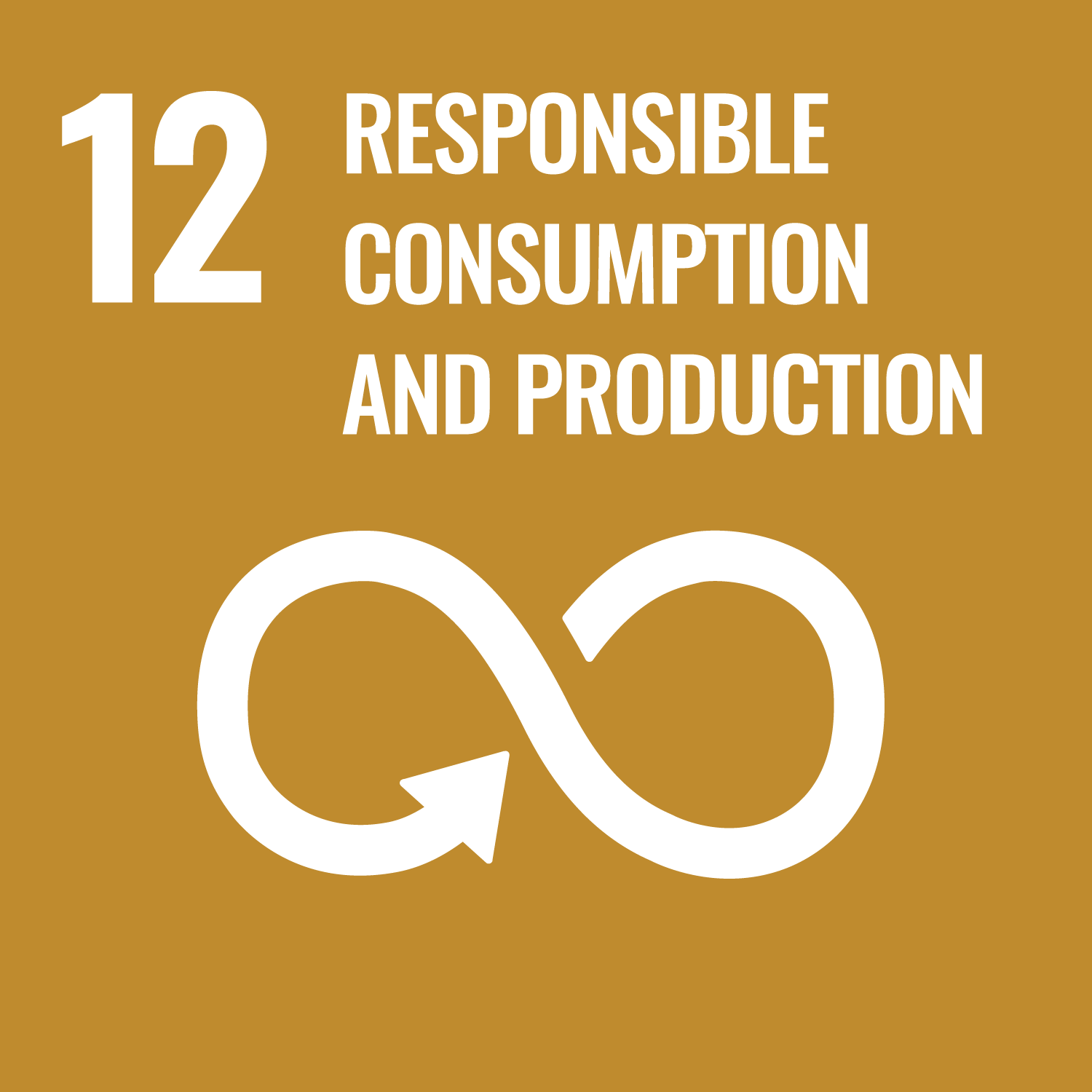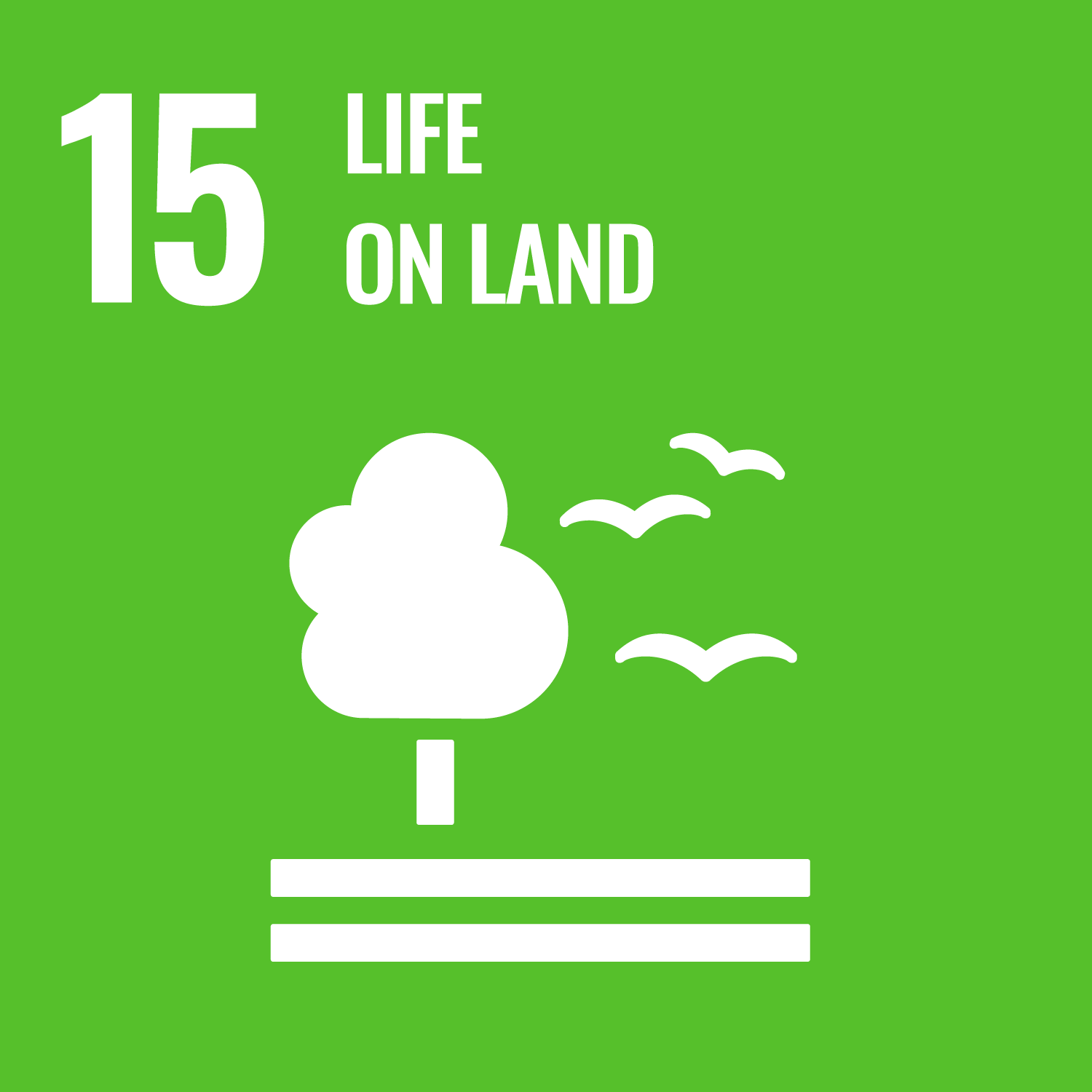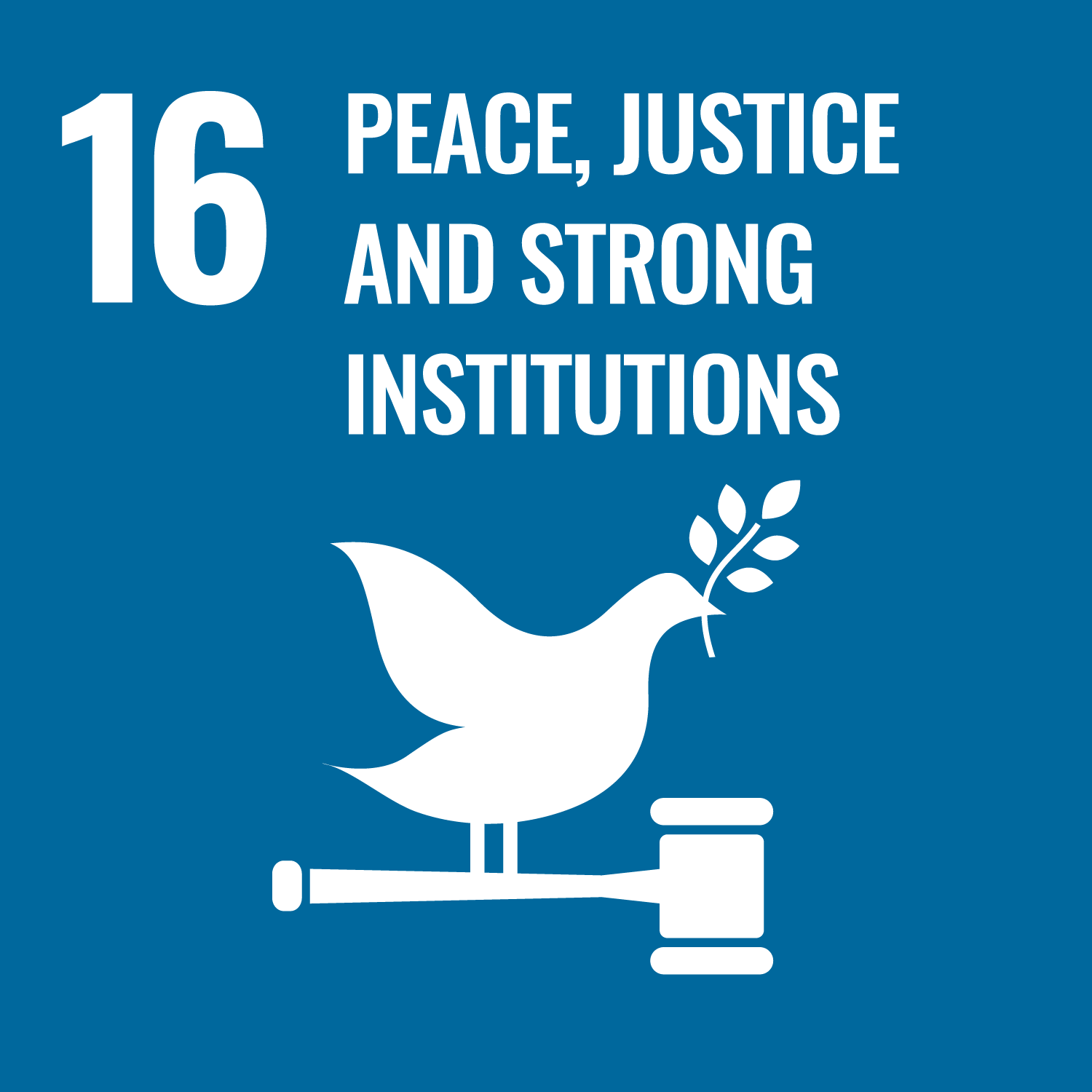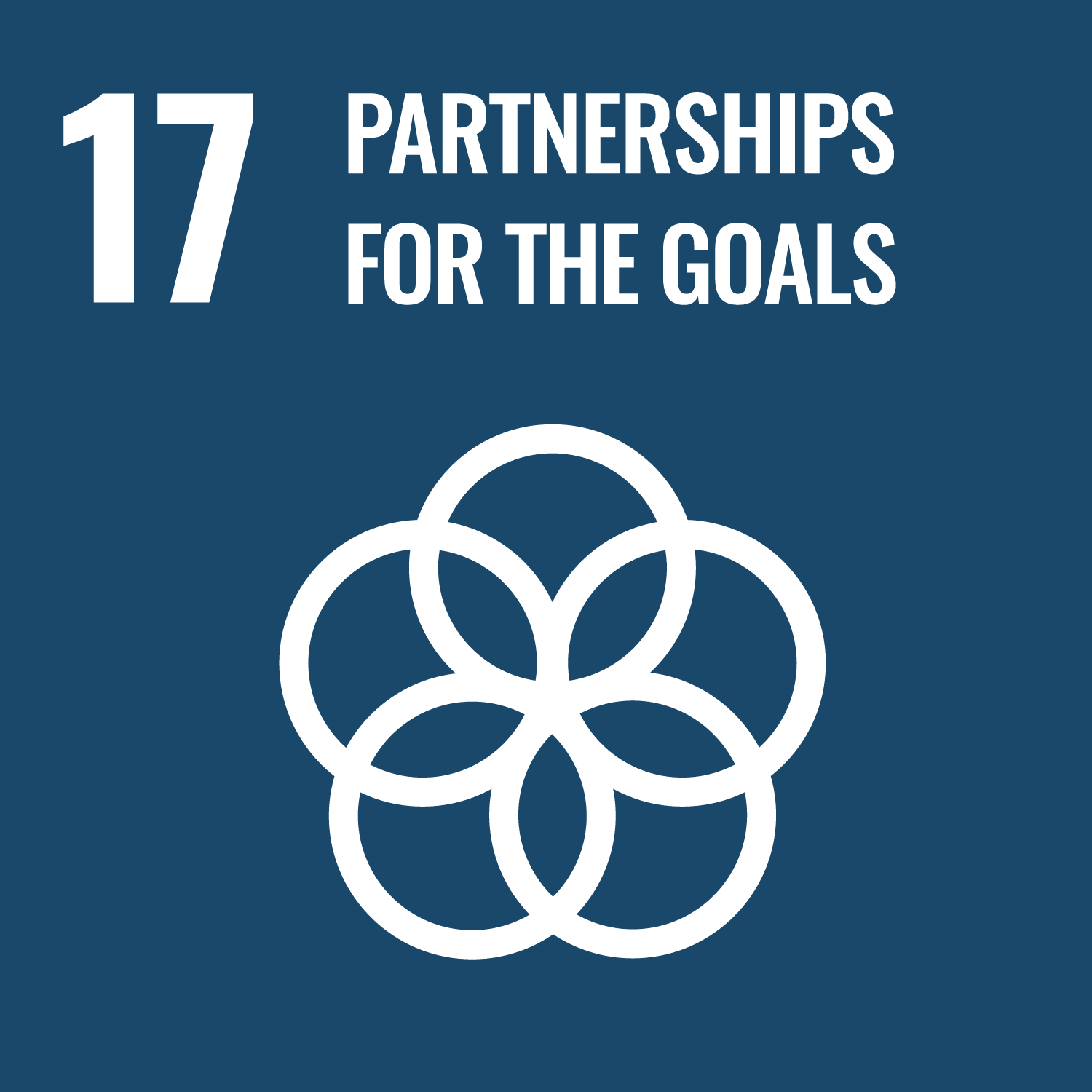Understanding Environmental Education Programs and Their Role in Sustainable Development
Environmental education programs are pivotal in shaping a sustainable future. These programs aim to educate individuals and communities about the importance of environmental conservation, promoting sustainable practices that align with the United Nations’ Sustainable Development Goals (SDGs). By fostering awareness and understanding of environmental issues, these programs empower people to make informed decisions that contribute to a healthier planet.
The Importance of Environmental Education
Environmental education is crucial for developing a society that values and practices sustainability. It equips individuals with the knowledge and skills needed to address complex environmental challenges. Programs like those offered by Opus Design and Anthologie demonstrate how creativity and innovation can be harnessed to promote sustainable solutions. These initiatives not only educate but also inspire action towards achieving the SDGs.
Key Components of Environmental Education Programs
Effective environmental education programs encompass several key components. Firstly, they provide comprehensive knowledge about environmental issues, such as climate change, biodiversity loss, and pollution. Programs like Humankind Research and Young Folks Digital focus on research and innovative approaches to drive positive change. Secondly, these programs emphasize the development of critical thinking and problem-solving skills, enabling participants to devise sustainable solutions.
Integrating Technology and Innovation
Incorporating technology and innovation is essential for modern environmental education programs. Organizations like TUX Creative and DrawHistory leverage digital platforms and creative design to engage audiences and disseminate information effectively. By utilizing technology, these programs can reach a broader audience, making environmental education more accessible and impactful.
Community Engagement and Participation
Community engagement is a cornerstone of successful environmental education programs. Initiatives like Open Lines Marketing and Outfly Innovation emphasize the importance of involving local communities in sustainability efforts. By fostering a sense of ownership and responsibility, these programs encourage individuals to actively participate in environmental conservation activities, leading to more sustainable communities.
Case Studies: Successful Environmental Education Programs
Several organizations have set exemplary standards in environmental education. For instance, Done! Communication’s initiatives focus on storytelling to promote sustainability, while Mastered Marketing supports local businesses in adopting sustainable practices. Additionally, Rablab uses podcasts to share insights on sustainable marketing strategies.
Aligning with Sustainable Development Goals
Environmental education programs play a vital role in achieving the SDGs. By promoting sustainable practices, these programs contribute to goals such as climate action, life below water, and life on land. Organizations like Whiteboard and ilka align their initiatives with these goals, ensuring that their efforts contribute to a sustainable future.
The Future of Environmental Education
As environmental challenges continue to evolve, so must environmental education programs. The future of these programs lies in their ability to adapt and innovate. By integrating new technologies, fostering community partnerships, and aligning with global sustainability goals, programs like those offered by Retail Voodoo and Paper Moose will continue to lead the way in environmental education, inspiring future generations to protect and preserve our planet.
Project Highlights and Descriptions
- Opus Design: Crafts sustainable solutions, champions diversity, aligns with UN SDGs.
- Anthologie: Drives change through creativity, empowering purpose-led brands for sustainability.
- Humankind Research: Innovative ethical research empowering organizations for positive change.
- Young Folks Digital: Combines creativity with sustainability for meaningful brand impact.
- TUX Creative: Merges creativity with sustainability, fostering diversity and social responsibility.
- DrawHistory: Empowers communities in Asia-Pacific through innovative design and research.
- Open Lines Marketing: Simplifies strategy for purpose-driven growth and sustainable impact.
- Outfly Innovation: Strategy consulting for sustainable startups, offering expert guidance and workshops.
- Done!: Creative initiatives for sustainability, carbon neutrality, and women’s empowerment.
- Mastered Marketing: Boosts local businesses with sustainable strategies and charitable support.
- Rablab: Entre 2 Pubs podcast shares eco-friendly digital marketing strategies.
- Whiteboard: Empowers visionaries through sustainable development and digital transformation.
- ilka: Scotland’s first B Corp design studio for sustainable branding.
- Retail Voodoo: Transforms food and beverage brands for sustainable growth.
- Paper Moose: Uses creativity for sustainability and supports innovators.
- Wrappr: Enhances advertising impact with sustainable AOOH model.
- Bridge City Media: Combines video production with sustainability in Portland.
- Alchemy One: Redefines media with ethical strategies and omnichannel solutions.
- Third City: Pioneering PR agency driving social change and sustainability.
- Maths Pathway: Enhances learning and supports global Sustainable Development Goals.
- Boma New Zealand: Empowers leaders through sustainable learning experiences.
- Branching Minds: Enhances MTSS implementation for improved student outcomes.
- L’écoline: Promotes sustainability, creativity, and community engagement for children.
- Social Docs: Transforms ESG practices into compelling stories for social impact.
- Exceptional Alien: Explores London’s creative scene intersecting with sustainability.
FAQ
What are Environmental Education Programs?
Environmental Education Programs are initiatives designed to increase awareness and understanding of environmental issues, promoting sustainable practices and stewardship of natural resources. They aim to educate individuals and communities about the environment and encourage proactive efforts to protect it.
Why are Environmental Education Programs important?
These programs are crucial for fostering an informed and engaged public that can make responsible decisions regarding environmental conservation. They help build a foundation for sustainable development by teaching people about the impact of their actions on the planet.
Who can participate in Environmental Education Programs?
Environmental Education Programs are typically open to a wide range of participants, including students, educators, professionals, and community members. They are designed to be inclusive and accessible to anyone interested in learning more about environmental issues.
How do Environmental Education Programs support the UN’s Sustainable Development Goals (SDGs)?
These programs align with several UN SDGs by promoting quality education (Goal 4), fostering sustainable cities and communities (Goal 11), and encouraging responsible consumption and production (Goal 12). They play a vital role in achieving climate action (Goal 13) and protecting life on land (Goal 15).
What topics are typically covered in Environmental Education Programs?
Programs often cover a variety of topics, including biodiversity, climate change, renewable energy, waste management, and conservation strategies. They aim to provide a comprehensive understanding of environmental challenges and solutions.
How can schools integrate Environmental Education into their curriculum?
Schools can integrate Environmental Education by incorporating it into science, geography, and social studies lessons, organizing field trips to natural sites, and engaging students in hands-on projects like recycling initiatives and school gardens.
What are some examples of successful Environmental Education Programs?
Successful programs include the Eco-Schools initiative, which encourages sustainable practices in schools, and Project Learning Tree, which provides educators with resources to teach students about the environment. These programs have been effective in increasing environmental literacy.
How can individuals get involved in Environmental Education Programs?
Individuals can participate by attending workshops, joining local environmental groups, volunteering for conservation projects, or enrolling in courses offered by educational institutions and environmental organizations.
What role do governments play in promoting Environmental Education Programs?
Governments can support these programs by providing funding, developing policies that encourage environmental education, and collaborating with schools and organizations to integrate environmental topics into the national curriculum.
What are the challenges faced by Environmental Education Programs?
Challenges include limited funding, lack of trained educators, and insufficient integration into formal education systems. Overcoming these obstacles requires increased investment, professional development for educators, and policy support.





